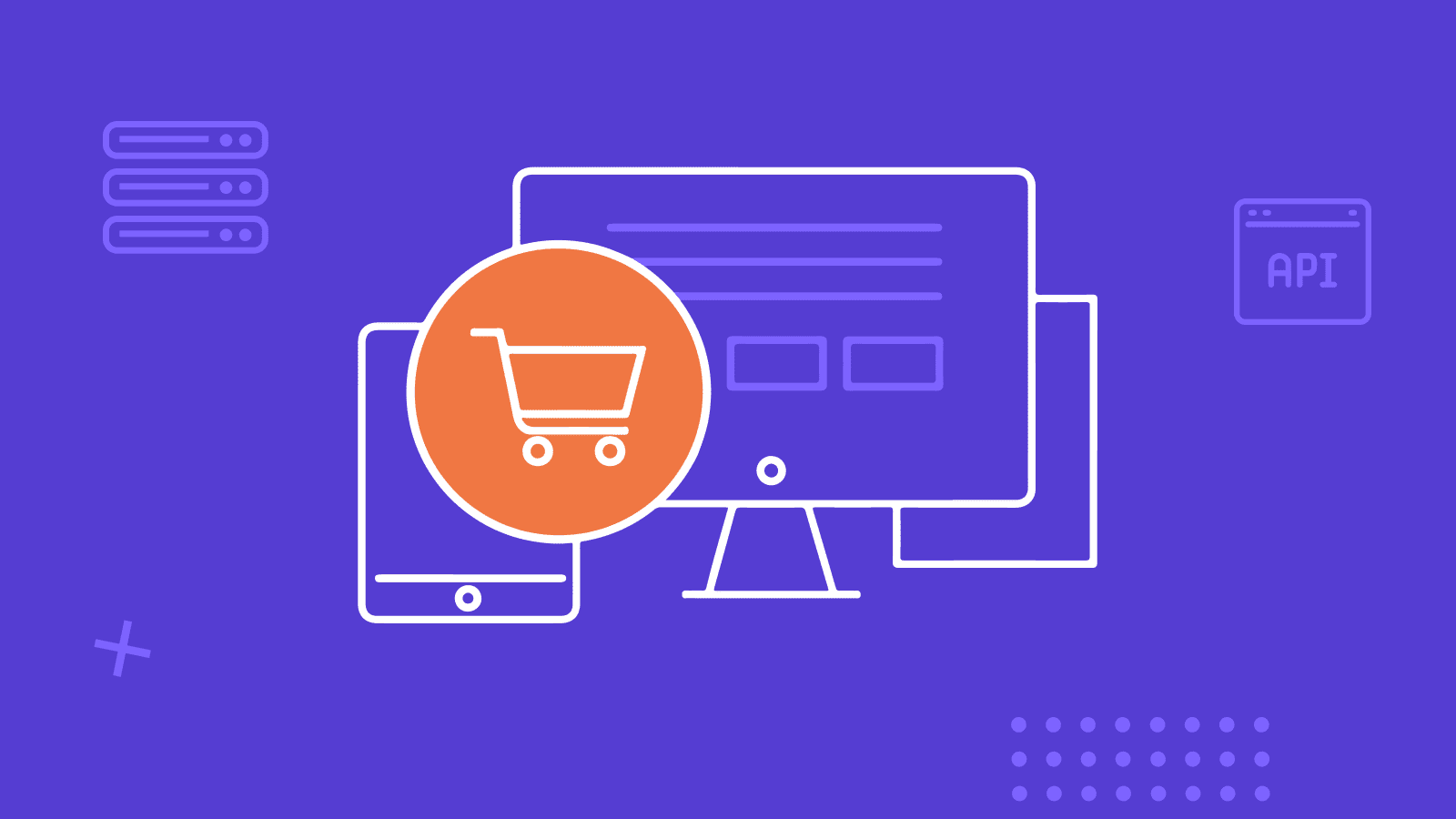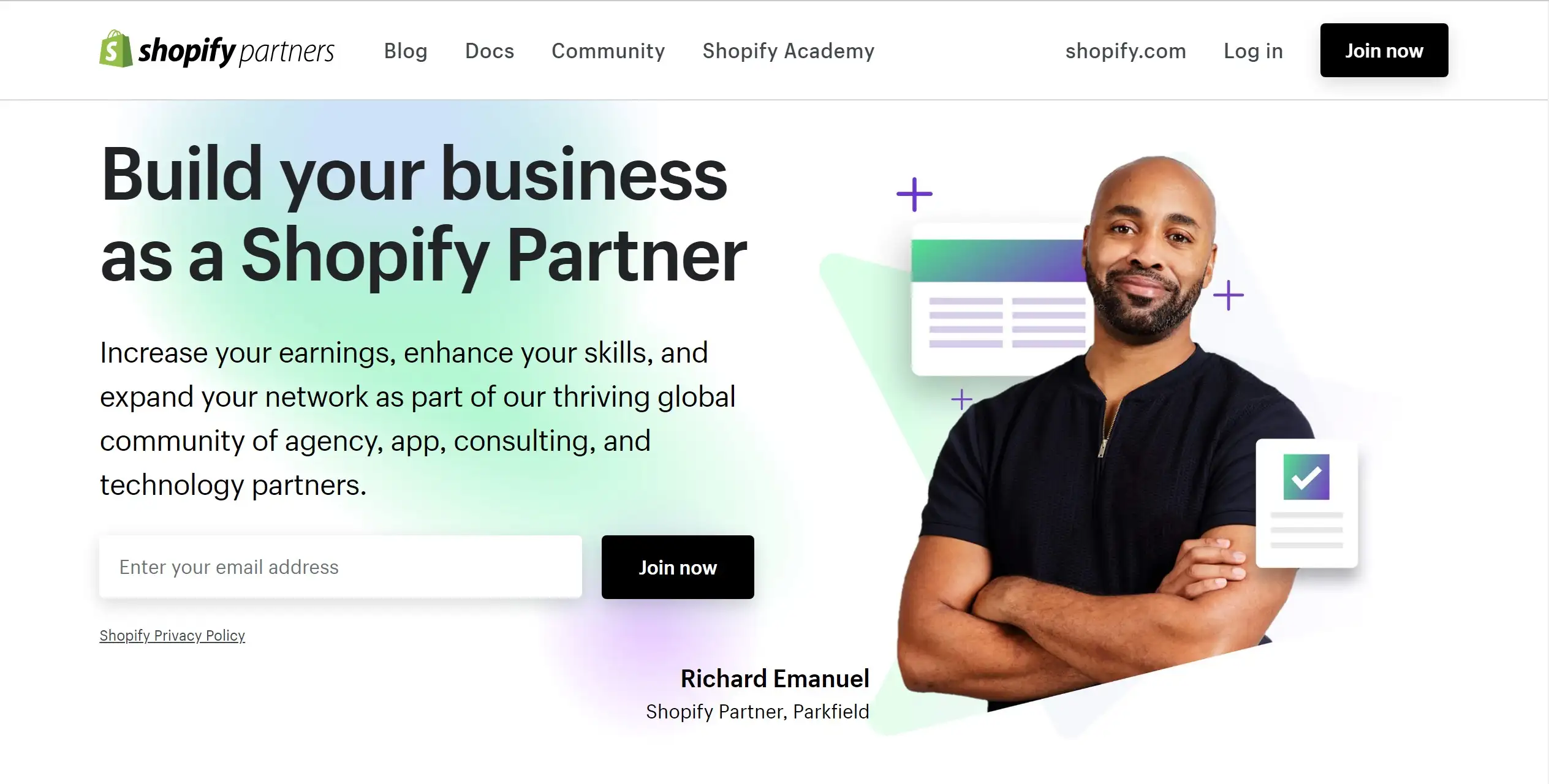In the fiercely competitive world of e-commerce, a single click can be the difference between a thriving business and a stagnating one. That critical moment is the checkout. All your efforts—from compelling product photography to smart advertising—culminate in this one final step. Yet, for many online stores, the checkout is a leaky bucket, losing customers at the finish line due to a confusing process, hidden costs, or a lack of trust.
This in-depth guide is your definitive resource for fixing those leaks. We’ll dismantle the Shopify checkout process piece by piece, revealing the strategies and tools used by top-tier e-commerce brands to maximize conversions. By the time you’re done reading, you’ll have a complete blueprint to transform your checkout from a friction-filled roadblock into a frictionless, high-converting experience that not only boosts your bottom line but also builds lasting customer loyalty.
1: The Invisible Wall – Understanding the Cart Abandonment Problem
Before we can optimize, we must diagnose. Cart abandonment is the silent killer of e-commerce sales. While it’s impossible to eliminate it entirely, understanding why shoppers leave is the first step toward a solution. Common culprits include unexpected shipping costs, a complex or lengthy process, a lack of trusted payment options, and the frustration of being forced to create an account.
To truly understand your own pain points, you need to track key metrics. Pay close attention to your store’s conversion rate and the specific pages within your checkout funnel where customers are dropping off. Shopify Analytics provides a clear breakdown of this journey, allowing you to pinpoint the exact stage where the most people are leaving. This data-driven approach ensures you focus your optimization efforts where they’ll have the biggest impact.
2: The Cart Page – Your First Chance to Convert
The optimization journey starts long before the customer enters their details. The shopping cart page is a critical checkpoint, where shoppers make a final decision before committing to the checkout. A well-designed cart page should build confidence and eliminate any lingering doubts.
- Transparency is Everything: The number one reason for cart abandonment is unexpected extra costs. Be upfront about shipping fees and taxes. Use a shipping calculator or clearly state your shipping policies (e.g., “Free shipping on orders over $100”) right on the cart page. This prevents an unpleasant surprise later in the process.
- Simplify the Interface: The purpose of the cart page is to get the customer to the next step. Remove any distractions, like pop-ups or excessive navigation links. The “Proceed to Checkout” button should be the most prominent element on the page, with a clear, contrasting color and compelling text.
- Build Trust with Payment Logos: Displaying the logos of your accepted payment methods early on, such as Visa, Mastercard, and PayPal, builds immediate trust. It reassures customers that you can handle their preferred payment method and that their financial data is secure.
3: Streamlining the Journey with Shopify Multi-Step Checkout
Shopify’s native checkout is a streamlined, multi-step process designed to guide customers efficiently. However, there are still crucial optimizations you can make to enhance the experience, especially for mobile users. A well-optimized Shopify multi-step checkout feels effortless and simple, not like a long list of required fields.
- Minimize Form Fields: The fewer fields a customer has to fill out, the better. Use address auto-complete to fill in city, state, and zip code based on the street address. Avoid asking for non-essential information like a second phone number or a title. Every extra field is a new point of friction.
- Offer Guest Checkout: Forcing customers to create an account is a surefire way to lose sales. Many shoppers want a quick, one-time transaction. Offer a seamless guest checkout option and then, on the thank you page, gently prompt them to create an account for future convenience.
- Provide Visual Progress: Use a simple progress bar at the top of the page to show customers where they are in the checkout process (e.g., “Information > Shipping > Payment”). This manages expectations and provides a sense of accomplishment, encouraging them to complete the journey.
4: Payments and Trust: The Final Click
This is the most critical stage. The payment section is where the sale is either won or lost. A robust Shopify payment and checkout integration is about more than just accepting credit cards; it’s about providing a secure, convenient, and flexible experience.
- Diversify Your Payment Options: Beyond traditional credit cards, a wide range of payment options can significantly boost conversions. PayPal is a non-negotiable for many shoppers due to its buyer protection. Integrating digital wallets like Apple Pay and Google Pay provides a seamless, one-click experience, particularly for mobile users.
- Embrace Shop Pay: Shop Pay is one of the most powerful tools in your arsenal. It allows customers to save their payment and shipping information and complete future purchases on any Shopify store with a single click. Promoting this feature as a fast and secure option can dramatically reduce friction and cart abandonment.
- Integrate Buy Now, Pay Later (BNPL): Services like Klarna, Afterpay, and Sezzle have become a standard in modern e-commerce. Offering these options can reduce the psychological burden of a large purchase, making high-ticket items more accessible and increasing both your conversion rate and average order value.
5: The Recovery Playbook – Mastering Shopify Abandoned Cart Recovery
No matter how flawless your checkout is, some customers will inevitably abandon their carts. The goal is to not let them go forever. A strategic Shopify abandoned cart recovery plan is a vital lifeline for recapturing lost sales.
- Automated Email Sequences: This is the most effective and widely used recovery method. Set up an automated sequence that triggers at specific intervals after a cart is abandoned.
- Email 1 (30-60 minutes after abandonment): A simple, friendly reminder. “Did you forget something?” is a great opener. Link directly back to their cart.
- Email 2 (24 hours later): A follow-up that addresses common objections. This is a great place to offer a small discount or highlight a benefit like free shipping.
- Email 3 (48-72 hours later): The final nudge. Create a sense of urgency by mentioning that the items might be running out of stock or that the discount is about to expire.
- Email 1 (30-60 minutes after abandonment): A simple, friendly reminder. “Did you forget something?” is a great opener. Link directly back to their cart.
- SMS and Push Notifications: For customers who have opted in, a quick text message can be far more effective than an email due to its high open rate. Similarly, browser push notifications can serve as a non-intrusive reminder.
- Personalized Retargeting: Use paid ad platforms to show customers the exact items they left behind. A personalized ad with a small discount can be a highly effective way to pull them back to the site.
6: Building Trust and Engagement with Shopify Live Chat Integration
Shoppers often have last-minute questions that can make or break a sale. A simple query about shipping times, a specific product detail, or a discount code can be the difference between a conversion and an abandoned cart. This is where Shopify live chat integration becomes a powerful tool for real-time engagement and support.
- Proactive Chat: Configure your chat widget to pop up on the checkout page with a friendly, proactive message like, “Need help with your order?” This can catch customers who are hesitating and provide them with instant assistance, eliminating the need to search for answers or abandon their cart out of frustration.
- Empower Your Team: Ensure your customer service agents are trained and empowered to answer common questions and resolve issues quickly. This instant, human interaction builds significant trust and can salvage a sale that would have otherwise been lost.
7: The Continuous Loop of Shopify Checkout Conversion Optimization
The work of a growth-oriented business is never truly done. Shopify checkout conversion optimization is an ongoing process of data analysis, testing, and refinement. What works for one audience might not work for another, which is why a test-and-learn approach is crucial.
- Use Analytics to Find Your Weak Spots: Regularly review your Shopify and Google Analytics to identify where customers are dropping off. Is it on the shipping page? The payment page? A high drop-off rate on a specific page signals a clear problem that needs immediate attention.
- A/B Test Everything: Don’t assume anything. Test changes to your checkout flow to see what performs best. Test different button colors and text, the placement of trust badges, and the copy on your abandoned cart emails. Even small changes can lead to a significant uplift in your conversion rate over time.
Conclusion: Your Checkout, Your Competitive Advantage
The Shopify checkout is the ultimate moment of truth for your e-commerce business. It’s where your marketing, product, and customer experience all converge. By taking a systematic and data-driven approach to optimization, you can turn a common weakness into a powerful competitive advantage.
From transparent cart pages and seamless payment integrations to effective abandoned cart recovery and personalized live chat support, every element you refine contributes to a better customer experience. Embrace these strategies, and you’ll not only see a dramatic increase in sales but also build the kind of trust and loyalty that keeps customers coming back for years to come.
Ready to transform your Shopify store and unlock its full sales potential? Don’t let a clunky checkout hold you back. The road to higher conversions starts here.
Partner with Digiteon to Supercharge Your Shopify Store.
Is your Shopify store underperforming? Do you feel stuck in a loop of low conversions and high cart abandonment? At Digiteon, we specialize in comprehensive e-commerce optimization, from strategic checkout overhauls to data-driven marketing campaigns. Our team of Shopify experts can help you implement a seamless Shopify payment and checkout integration, design a powerful Shopify multi-step checkout, and create a custom plan to boost your sales and grow your business. Stop leaving money on the table. Contact Digiteon today for a free consultation and let’s build a checkout experience that converts.









